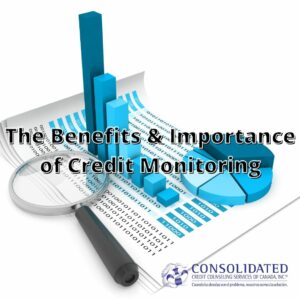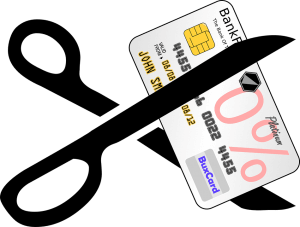There are a staggering 76.2 million credit cards in circulation in Canada. That’s only taking MasterCard and Visa into consideration. Canadians love credit cards. A 2017 survey ranked Canada first as having the highest number of cards per capita at 82.6%. As popular as credit cards are, not everyone understands how these cards work. More importantly, the actual cost associated with credit card debt.
When signing up for a credit card, there’s a lot of information you should gather from the issuer. You’ll need to know exactly how the card operates, especially the charges, and how the card will affect your credit score.
Credit card applications provide lots of information about costs. The application should include details about interest rates, fees and other charges associated with the card. It’s a good idea to put some thought into which card to use. It can be easy to gloss over this information, but it’s important to understand it before you sign the dotted line.
This post will go over different charges you will encounter when using a credit card so you aren’t surprised when the bill arrives.
Making minimum payments on your credit card
Minimum payments are the smallest amount required when paying your credit card balance each month. It’s this amount that must be paid on time to be considered up to date so you avoid late fees and other penalties.
Banks often provide many payment options. However, how you choose to pay can affect how quickly it’s processed and the date it’s considered paid. Processing times will vary depending on the financial institution and payment method. Speak with your card issuer and bank to understand payment processing times to avoid making a late payment.
How minimum payments are calculated
Not every issuer uses the same method for calculating minimum payments. There are a few variations, three of which are the most common.
The most straightforward method is a flat rate fee charged each month up to a specified threshold. If the balance falls below that threshold the full balance would be required as payment.
Another common method starts with calculating the balance owing at the end of the billing cycle. The minimum payment would then be a percentage of that amount. The exact percentage would be outlined in the credit card agreement. Typically, these percentages range from 2-5%.
For example:
If you used your credit card with a 2% minimum rate to buy a new phone for $1000 your minimum payment would be $20.
Similar to the previous method, the final common method for calculating minimum payments is based on a percentage of the balance owing. The difference with this method is that other interest and fees are added on top of the base calculation.
Principal vs. Interest and Fees
When charging something to your card, the original amount is the principal balance. As you make monthly payments, your principal balance drops. In the meantime, interest also accumulates.
An average interest rate (also known as Annual Percentage Rate or APR) for credit cards is 19.9%.
Here’s how that breaks down when it comes to your credit card bill for the phone example from earlier.
The calculation starts by using the APR to figure out a daily interest rate.
Here’s what that looks like:
19.9% APR divided by 365 days in the year = o.o5% (DPR)
Now we can use that number to figure out the interest amount on your monthly bill.
Here’s what that looks like:
0.005 DPR x 30 days in the month = 1.6%
To figure out the interest on the phone we take the cost of the phone and multiply it by the rate we calculated for the month.
Here’s what that looks like:
$1000 phone x 1.6% monthly interest rate = $16
If you remember from earlier the minimum payment we calculated was $20. In this very realistic example, that means $16 of that $20 is going towards interest. In other words, you’re only reducing the principle $1000 purchase by $4 a month.
Another way to look at this scenario is that it would take 101 months (almost eight and a half years) to pay off the credit card. In the end, you will have paid $2,020 for the phone. Over double the original price. Knowing the true cost of the phone, is it still worth it to you?
Get interest working for you
Imagine if you flipped the script and had interest working for you instead of credit card companies. That’s what investments do!
While it would be very hard (pretty much impossible) to find an investment with the same kind of rates a credit card charges, there are very lucrative investments out there. Every time you put money into them that interest is working for you and your family.
Getting out of debt plugs the money leak going to credit card companies and opens up more opportunities to put money to work for you.
This is why it’s so highly recommended that when you have additional capital you use it to reduce your credit card debt. Once you’re debt-free, make your money work for you by investing it.
Credit card pitfalls to avoid
There are many pitfalls associated with using a credit card. Many of which lead to additional fees.
We’ve covered what happens when carrying a balance month-to-month or only making minimum payments. Here are a few other pitfalls to avoid:
- Missing a payment
- Not reviewing your billing statement
- Not knowing your APR and applicable fees or understanding introductory 0% APR offers
- Maxing out your credit card
- Applying for new cards too often
- Closing a credit card
These are just a few things to avoid when using a credit card. It s well worth familiarizing yourself with the inner workings of your card to avoid issues.
Credit card debt can start to pile up before long. Left unattended, you can quickly fall into debilitating debt. Before losing hope, however, there is still a chance to bounce back. There are options out there that can help alleviate the situation. For those struggling with credit card fees and penalties, Consolidated Credit Canada can help. Our team of Credit Counsellors can help navigate this challenging time.




